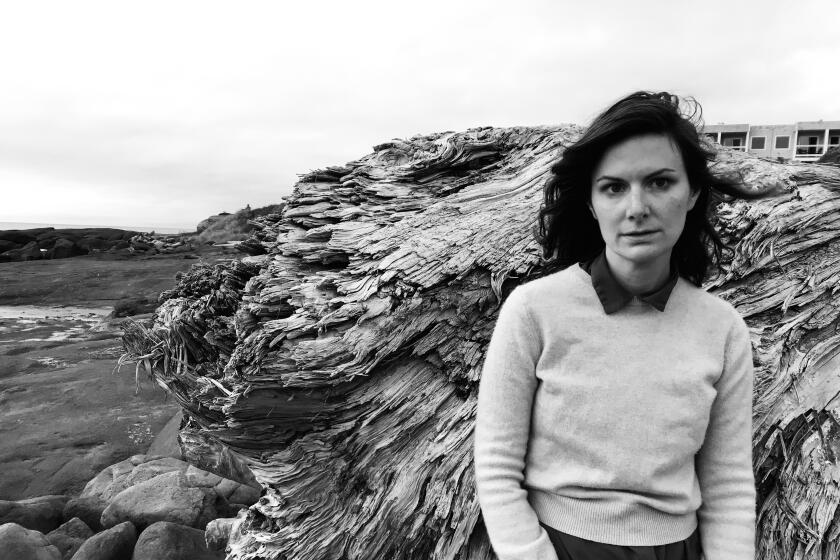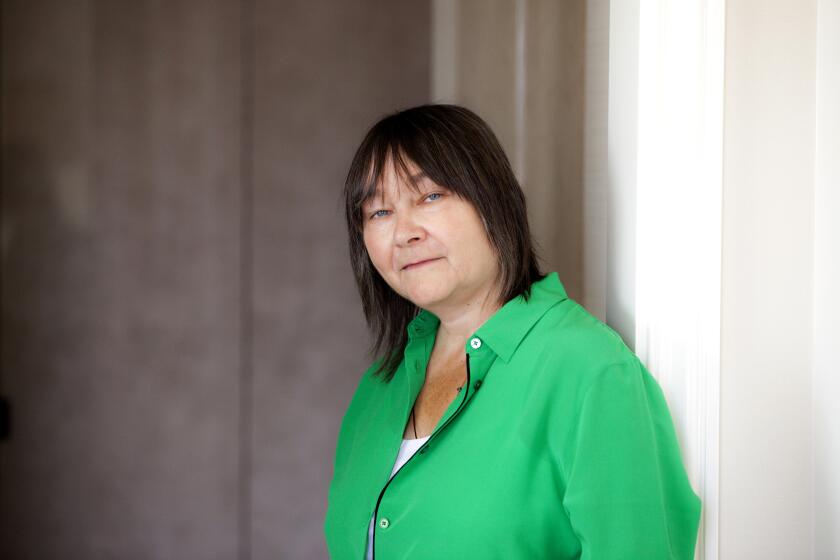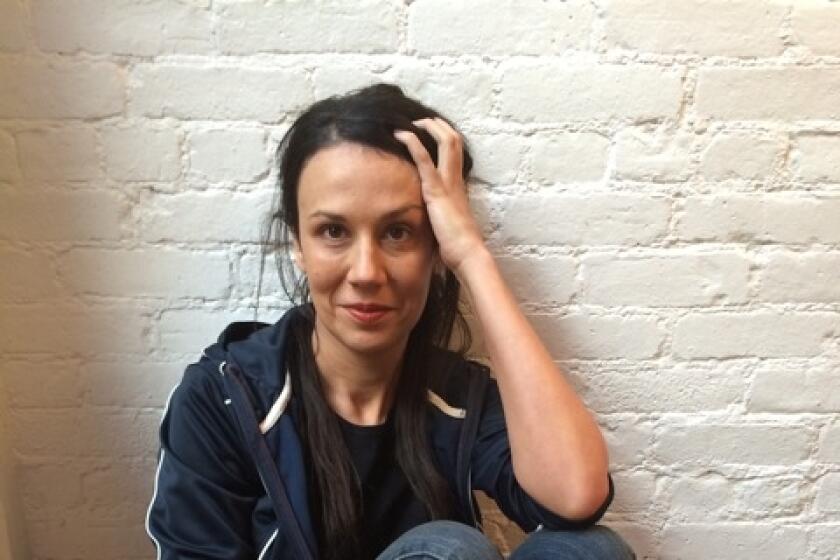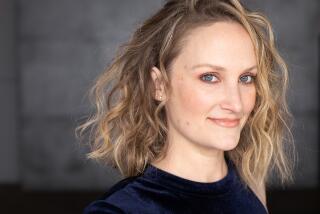Review: A coming-out story in MeToo camouflage: Michelle Hart’s shadowy, sly debut novel
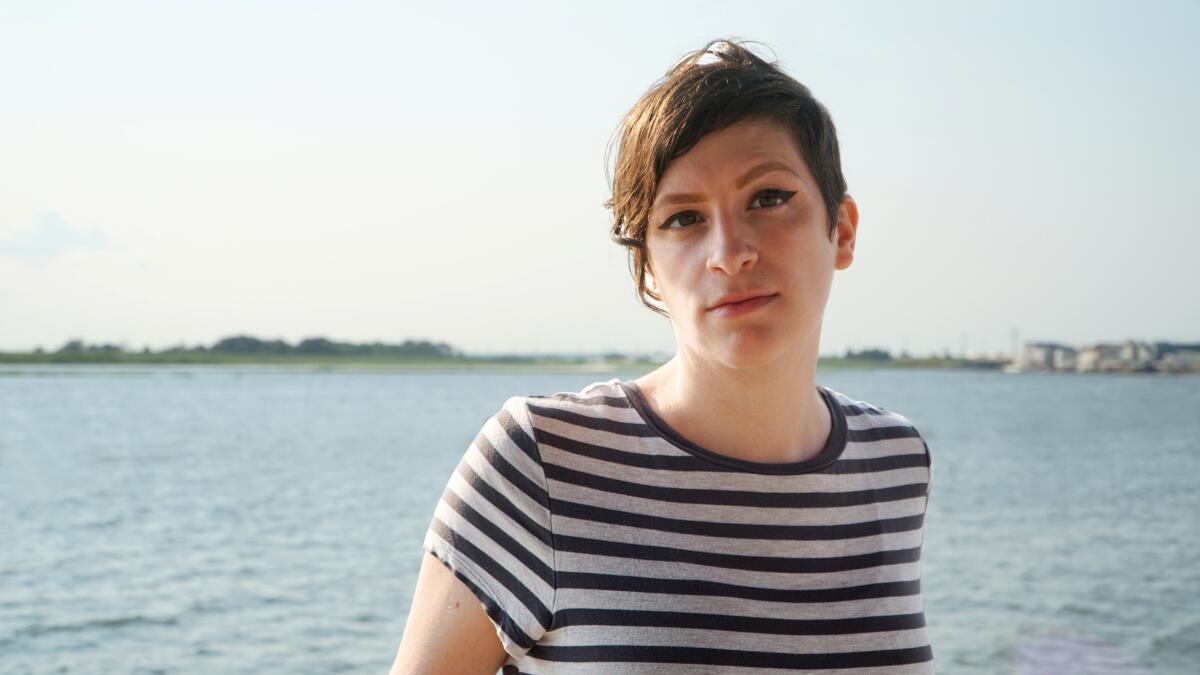
On the Shelf
We Do What We Do in the Dark
By Michelle Hart
Riverhead: 224 pages, $26
If you buy books linked on our site, The Times may earn a commission from Bookshop.org, whose fees support independent bookstores.
On the surface, Michelle Hart’s debut novel, “We Do What We Do in the Dark,” might fall into the category of a book in which nothing happens. But that’s part of its subterfuge. This story lives up to its title; its meaning lies in its shadows.
By the time Mallory gets to her first year of college, her mother has died after a long, agonizing battle with cancer. When Mallory spots a beautiful woman at a reading, she follows her into the bathroom. She later discovers the woman is a professor at her school and the author of children’s books. Mallory pursues her, finding her email in the campus directory and then showing up at her office hours; eventually they become lovers.
Hart’s book has all the makings of a campus novel that could veer off into Nabokovian or even Verhoevian territory. Perhaps the unnamed woman is in an unhappy marriage and Mallory will help her murder her abusive husband! Or maybe Mallory will be driven insane by lust and destroy the woman’s academic career! Or she will be inspired to write the lesbian novel of the century! None of this happens. What does happen is that a young woman figures out who she is.
At a party, Mallory is unsure whether to say she’s single or unavailable. She dates a boy from one of her classes and wonders why she can’t bring herself to kiss him. He seems to know what’s going on and offers to introduce her to some girls. “The only thing we are capable of doing is pursuing our own desires,” he tells her. If that’s the case, Mallory is capable of nothing.
Julia May Jonas’ “Vladimir” is a thrilling “Lolita” update in which the deliciously wicked narrator is not the male abuser but his wife.
Her story is told in a series of interlocking, cleverly titled sections that flash back to her time at home, with her parents. One chapter, “I love that I can tell you things,” shows us this is not Mallory’s first intimacy with an older, married woman. When her best friend Hannah goes to college (Mallory stays home; her mother in the hospital) she befriends Hannah’s mother, Mrs. Allard. The two spend time together — talking, drinking wine, smoking pot. Hannah’s mother aches for her lost daughter; Mallory, presumably, for her dying mother.
Mallory’s family splits girls into two categories: pretty ones and funny ones. “You’ll be leaving for college soon,” Mrs. Allard says to Mallory. “You’ll meet other girls like you.”
“Funny ones?” Mallory asks.
Of course Mrs. Allard doesn’t mean that Mallory is “funny.” Mallory loves women, and perhaps Mrs. Allard does too. While the theme of mothers and daughters overlays this book, it is a camouflage. This is a novel about the specific breed of crippling loneliness that often accompanies burgeoning queer desire.
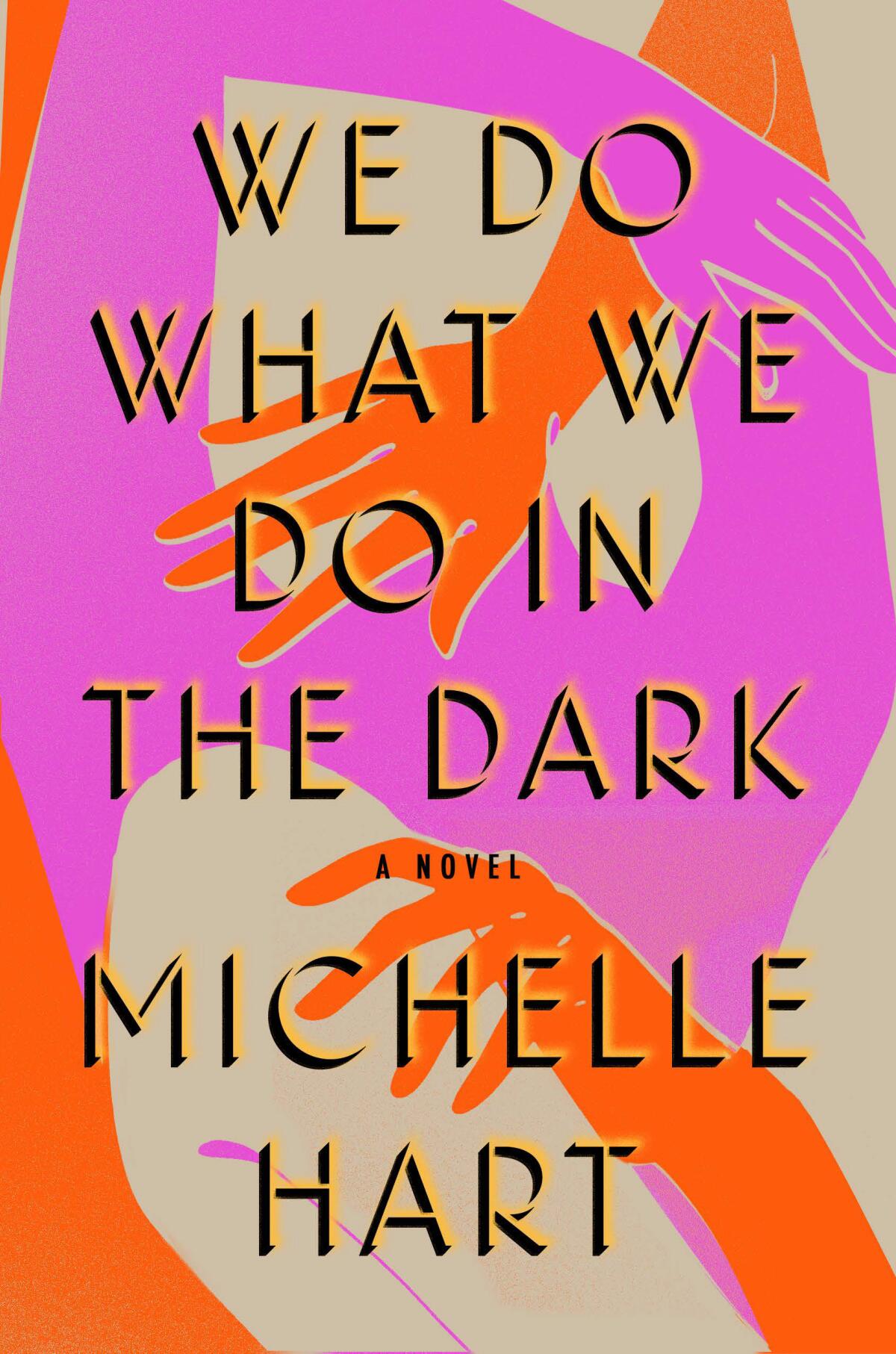
The older professor explains their predicament simply to Mallory: “We do what we do in the dark and then we deal with it all alone. That’s how I know you won’t tell anyone about us. If you did, whatever this is would no longer be just yours.”
Even after Mallory leaves college and the woman behind, she is unable to shake her. The professor serves as a reference so Mallory can get a job. Occasionally they exchange emails. Mallory dates a woman with a child and is intimidated by the experience. “Dating women sometimes made Mallory feel lewd and fruitless,” Hart writes. “She imagined passersby asking, ‘And what do you add?’”
Ali Smith’s ‘Companion Piece’ comes on the heels of her seasonal quartet of newsy novels. Her work is the perfect mirror of our era’s abrupt absurdity.
After a reading in New York, Mallory and the professor meet again; the woman asks Mallory to join her at a friend’s house in Salem, Mass. The next morning the woman leaves a note: She’s working all day; Mallory should explore Salem on her own.
She ends up at the House of the Seven Gables, the inspiration for Nathaniel Hawthorne’s 1851 novel of the same name. She learns that much of its haunted backstory was invented by Hawthorne. “Looking around the house ... stuck somewhere between real and imaginary, Mallory started to feel like she was in a dream, her head heavy ... and swimming with ghosts.”
Like Hawthorne’s invention, Mallory has recast her relationship with the woman and used it for scaffolding in her own life. In the light of day everything looks a little stilted, a little off.
The novel ends with an epilogue; five years later, Mallory tells her girlfriend about the professor. “Imagine if that all came out now,” her girlfriend says, with #MeToo connotations. “She’d be screwed.” Mallory rejects this assessment, speaking up in a moment as subtle and momentous as the story that led us here.
“It’s nothing like what people are talking about,” she responds.
‘Everyone Knows Your Mother Is a Witch,’ historical fiction about Kepler’s mother, is Galchen’s first novel since 2008’s ‘Atmospheric Disturbances.’
In the end, this book is not an erotic thriller, nor a comment on #MeToo, nor an elegiac coming-of-age story about surviving a parent’s death. It’s more interesting. “We Do What We Do in the Dark” is a novel of coming out — not just as a queer woman but as a person. Mallory is sharing her story, embracing her desire and, in doing so, embracing herself.
Ferri’s most recent book is “Silent Cities: New York.”
More to Read
Sign up for our Book Club newsletter
Get the latest news, events and more from the Los Angeles Times Book Club, and help us get L.A. reading and talking.
You may occasionally receive promotional content from the Los Angeles Times.
